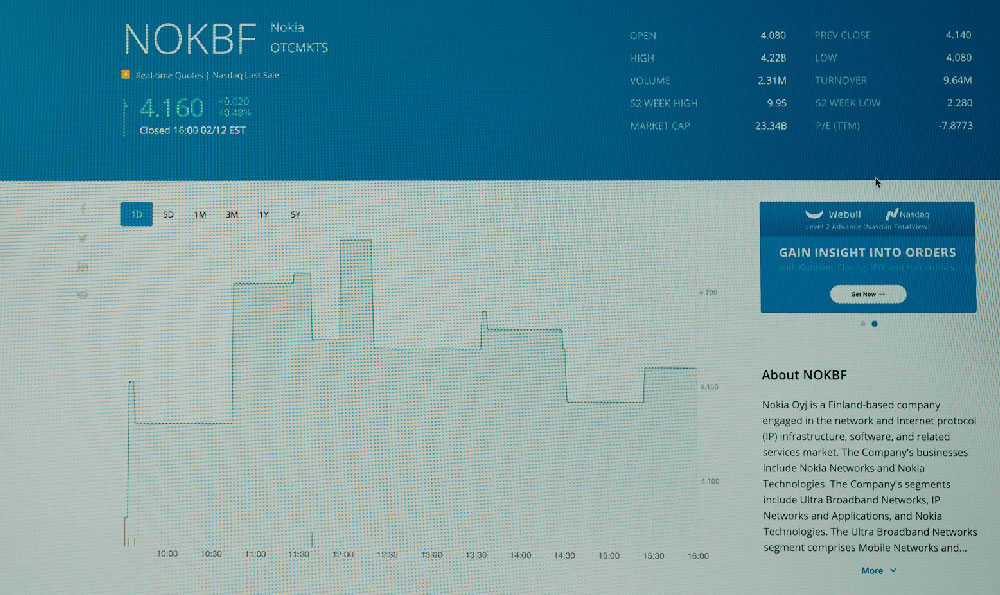Apple's foray into the financial technology sector with Apple Pay has not only revolutionized mobile payments but also opened up a significant, albeit often misunderstood, revenue stream for the tech giant. While not a primary driver of Apple's enormous profits compared to hardware sales like iPhones and services like the App Store, Apple Pay represents a strategically important component of its expanding ecosystem and contributes in unique ways to its overall financial health and user engagement.
The mechanism by which Apple extracts profit from Apple Pay is multifaceted and rooted in its established relationships with financial institutions. Unlike some other players in the digital payments landscape who might charge consumers or merchants directly, Apple's primary revenue model revolves around transaction fees levied on banks. Each time a customer makes a purchase using Apple Pay, the issuing bank pays Apple a small percentage of the transaction amount. This fee is often a fraction of a cent per dollar spent, seemingly insignificant on an individual basis. However, when aggregated across the hundreds of millions of Apple Pay users globally and the trillions of dollars in transactions processed annually, the cumulative effect becomes substantial.
The exact percentage Apple charges banks is kept confidential, but industry estimates suggest it's around 0.15% in the United States and even lower in other markets. This may seem negligible, but consider the sheer volume of Apple Pay transactions. As adoption rates continue to climb, fueled by convenience, security, and global expansion, the aggregate revenue flowing to Apple from these tiny fractions of transactions grows exponentially. Furthermore, Apple avoids many of the direct costs associated with payment processing, such as managing consumer disputes or handling fraud, as these responsibilities remain with the issuing banks and payment networks.

Beyond the direct transaction fees, Apple Pay contributes indirectly to Apple's overall profitability in several critical ways. Firstly, it strengthens the Apple ecosystem. By offering a seamless, secure, and user-friendly payment solution, Apple Pay enhances the overall experience for iPhone, Apple Watch, and Mac users. This increased convenience and security can lead to higher customer satisfaction and loyalty, thereby reducing churn and increasing the lifetime value of each Apple customer. A satisfied customer is more likely to remain within the Apple ecosystem, upgrading their devices regularly and purchasing other Apple services.
Secondly, Apple Pay can drive increased hardware sales. While difficult to quantify precisely, the availability of Apple Pay acts as a compelling feature for potential iPhone and Apple Watch buyers. The ease with which users can make payments, both online and in physical stores, using their Apple devices becomes a selling point, especially in markets where mobile payments are rapidly becoming the norm. For consumers prioritizing convenience and security, Apple Pay can be a significant factor in choosing an Apple product over a competitor's device.
Thirdly, Apple Pay reinforces Apple's brand image as a technology leader and innovator. By successfully entering the payments space and providing a secure and user-friendly alternative to traditional credit cards, Apple solidifies its position as a company at the forefront of technological advancement. This perception can attract new customers, retain existing ones, and command a premium price for its products and services. The association with cutting-edge technology and security resonates with consumers and strengthens Apple's brand equity.
The importance of Apple Pay extends beyond its direct and indirect contributions to Apple's financial performance. It also plays a crucial role in shaping the future of payments. By pioneering a secure and user-friendly mobile payment system, Apple has helped to accelerate the adoption of contactless payments globally. This has pushed other technology companies, banks, and payment networks to innovate and improve their own mobile payment solutions, ultimately benefiting consumers by providing them with more choice and convenience.
Furthermore, Apple Pay is paving the way for future innovations in the financial technology sector. The technology underlying Apple Pay, such as Near Field Communication (NFC) and tokenization, is being used in other applications, including digital identity verification and secure access control. Apple's continued investment in and development of Apple Pay will likely lead to even more innovative uses of mobile payment technology in the years to come.
In conclusion, while Apple Pay may not be the largest revenue generator for Apple, its profitability stems from a high-volume, low-margin model based on transaction fees from banks, coupled with significant indirect contributions to the Apple ecosystem. It strengthens customer loyalty, drives hardware sales, and reinforces Apple's brand image. More importantly, Apple Pay is playing a pivotal role in transforming the payments landscape, pushing for greater adoption of mobile payments and paving the way for future innovations in financial technology. Its importance lies not just in the immediate profits it generates, but in its strategic role within Apple's broader ecosystem and its influence on the future of how we pay for goods and services. Apple Pay is a testament to Apple's ability to leverage its technological prowess and user base to disrupt established industries and shape the future of consumer experiences.












